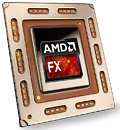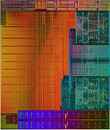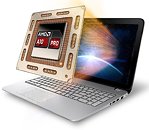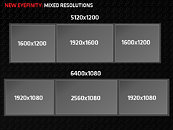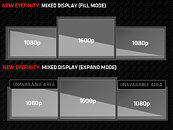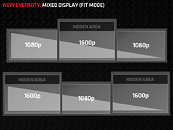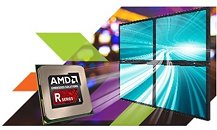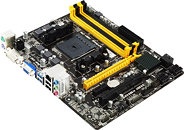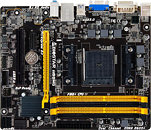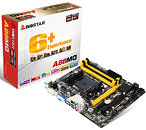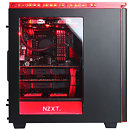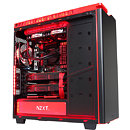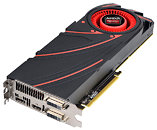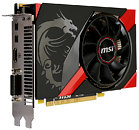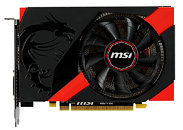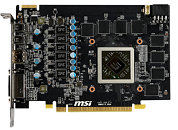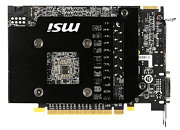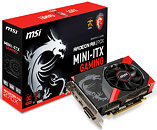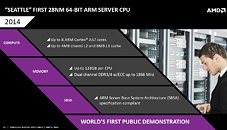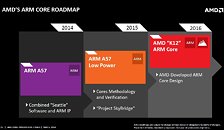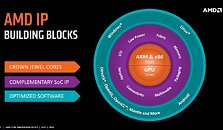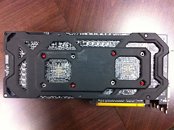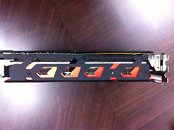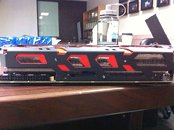
AMD Expands Embedded G-Series Family With New Pin-Compatible SoC
AMD (NYSE: AMD) today announced new x86 AMD Embedded G-Series system-on-chip (SoC) and central processing unit (CPU) solutions for embedded applications, including early adoption by HP for thin client deployment in healthcare, finance, education and retail, as well as Advantech for industrial applications in rugged environments.
The new product families expand upon the high-performance, low-power capabilities of the award-winning AMD Embedded G-Series platform, bringing high performance and integrated security with enterprise-class error-correction code (ECC) memory support, dual- and quad-core variants, and a discrete-class GPU and I/O controller on the same die. The new G-Series processors are pin-compatible across the AMD G-Series SoC and CPU family for ease of scalability among embedded applications, including communications and networking infrastructure, industrial control and automation (IC&A), thin clients, gaming machines, and digital signage.
The new product families expand upon the high-performance, low-power capabilities of the award-winning AMD Embedded G-Series platform, bringing high performance and integrated security with enterprise-class error-correction code (ECC) memory support, dual- and quad-core variants, and a discrete-class GPU and I/O controller on the same die. The new G-Series processors are pin-compatible across the AMD G-Series SoC and CPU family for ease of scalability among embedded applications, including communications and networking infrastructure, industrial control and automation (IC&A), thin clients, gaming machines, and digital signage.
